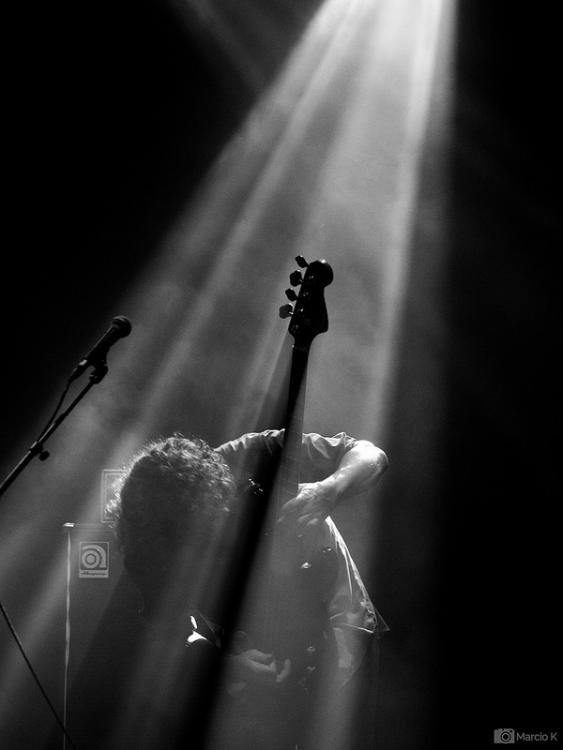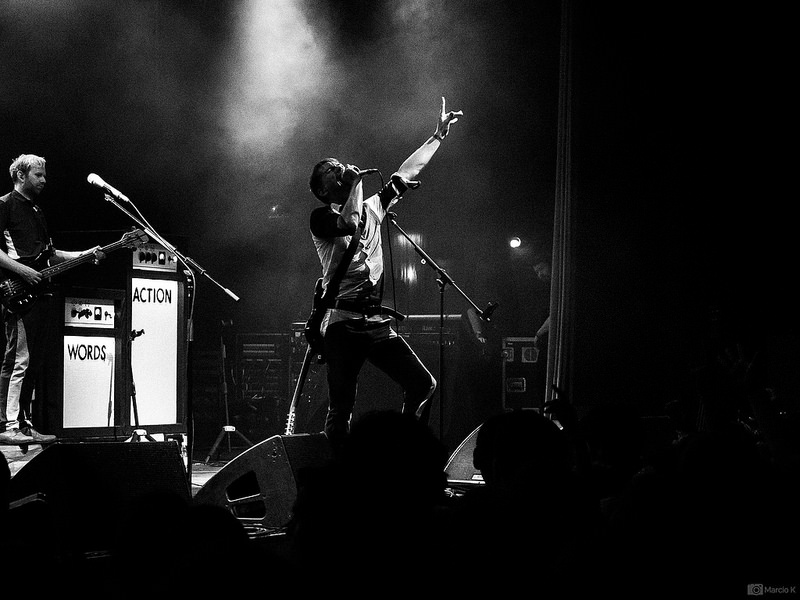-
Posts
1,051 -
Joined
-
Last visited
Content Type
Profiles
Forums
Articles
Everything posted by Marcio Kabke Pinheiro
-
Very good option, but in my short experience with USB-C cables (only have a tablet with it - my older computers are still running fine), it disconnects much more easily than HDMI. A locking solution will be needed, I guess.
-
Probably not - still have the half of the price factor.
-
Curious about the weight, not mentioned anywhere.
-
Feelworld F7s, maybe? (don't know if it is good, or TOO cheap) http://www.feelworld.cn/ShowInfo.aspx?id=510&py=FEELWORLD-F7S-7-Inch-3G-SDI-4K-HDMI-On-camera-Monitor-IPS-Full-HD-1920x1200-Rugged-Aluminum-Housing
-
Yep, probably will be the same.
-
BM cameras don't have AF. I thought the original BMPCC have, but it was very slow - the "focus" button on it is not an AF?
-
Guess that AF will be bad as CDAF usual - good for S-AF only.
-
Looks like that is it not so big at the end (only chunky):
-
Any other company except Sony and Panasonic(?) are making 4/3 sized sensors?
-
Yep, if it works right and have the same (or near) GH5s low light capabilities, GH5s is dead. Probably better color science, 4k RAW , XLR input for HALF of the price.
-
Fuji version rigged and with lens: (talking seriously, specs for the price looks amazing)
-
Looks like that the audio preamp problems of the BMPCC were not solved.
-
Dual ISO means GH5s sensor?
-
And indeed a lot of filmmakers spend a ton of cash buying the Canon's C line - which makes us to come back to the first two posts. People still buy Canons a lot - why they will change? They will only change when the revenue starts to drop - could be the case, since last Canon's interviews mention mirrorless cameras a lot. I see two possible outcomes: - They are smart and have mirrorless prototypes under works for a lot of time. In this meantime, the market had matured, the desired features are more or less known, and they can release cameras for each segment (segmentation will never go away) much more focused. - They still afraid of canibalizing DSLR's and Cinema C line and really are behind.
-
Never had serious problems with dust with my m4/3 - but I'm an amateur almost using the cameras in run and gun, and always can kind of protect the open mount when changing lenses, guess it is not so easy to do it in rigged cameras. But I've always asked myself why mirrorless manufacturers do not implement a function (that could be assigned to a button, for example) that closes the shutter when you wish to change lenses. Maybe they are afraid of shutter blades damaging?
-
How HLG works in 8-bit? (I think that being 8-bit only and the lack of 4k60 are the only "flaws" of this camera - but I think that both points are totally expected in this price point in a FF camera. Sony nailed it.)
-

Canon M50 mirrorless camera features 4K video
Marcio Kabke Pinheiro replied to Andrew - EOSHD's topic in Cameras
I guess that they take the wishes of Canon users saying "we want a camera that could be considered The King Of The Crop in 4k" too seriously. -

Canon M50 mirrorless camera features 4K video
Marcio Kabke Pinheiro replied to Andrew - EOSHD's topic in Cameras
Some specs leaked by Nokishita (which in general are correct): 24.1MP CMOS sensor with Dual Pixel AF and improved DR DIGIC 8 used for first time! 4K 30fps mode at 100Mbit 2.36mdot OLED EVF 3" 1.04Mdot LCD touch screen 10fps and up to 7.4fps with AF 100-25600 ISO (extended ISO: 51200) Wi-Fi, Bluetooth, NFC CR3 RAW format and new C-RAW compact format (40% compression format) February 27 preorder start -
I've heard a rumour that all the court's members were NX1 users, and that Lee promised to launch the NX2 if he is released.
-

How stills killed casual video for me
Marcio Kabke Pinheiro replied to Mattias Burling's topic in Cameras
My involvement with movie / stills (even as an amateur till this day) is (I think) kind of interesting. I love music (more in the past - free time is shorter to enjoy it each day that passes), love to go to concerts, but...my memory is kind of weak, a lot of moments in concerts end being forgotten. Hence I had the idea to film parts of the concerts as a way to remember. It was a time that smartphones are the Samsung's with Tizen, Android did not even exist yet, and I bought a Kodak Zi8 - a little film camera, fixed lens, with 1080p (a rarity in those days). And started to record some shows. Soon I upgraded to a Sony HX9, much better quality and sound. And with it, tried to start to take some stills - and liked it. Than start to search for a camera that could make good movies and stills, Google mentioned a camera called GH2, I found a site called EOSHD, which owner made a video in Tokyo with that camera that blowns me away...and the rest is history. Video brought me the stills, and I love both. It gives you that kind of satisfaction from a thing that was created, and done, only by you, a sense of accomplishment. As I guy that likes art, it is the closest that I can get to it. But I think that my stills side in much better. All photos with m4/3 cameras, "which sucks for concerts, you need a full frame one". The second one was published in the Franz Ferdinand's Instagram account, good moment. -
EVF is the same of the GX85. Tearing does not bother me, the size yes (for photos). I think it will be a good seller. For photos, it is a very good upgrade from GX85, in MP count and control wise. Much better than the E-M10 MK III. For videos, for starters / enthusiasts, good value too, as is the GX85. But for video guys that already have the GX85, maybe not so much, specially if you could not use the @BTM_Pix hack (and probably Panasonic closed that option).
-
Panasonic have all in hand to make a very good LX200 (I have the LX100) - improve a little the lens (tad sharper), same range / aperture, use the 20mp sensor to get a 15/16mp photo image, improve a little in controls (anybody ever used the iA and filter buttons?) and it will sell lot hotcakes. Even with the GX9 specs.
-
Naming it GX9 was a mistake - only if they will never do another proper GXx camera. But as a GX85 upgrade, it is a interesting one.
-
Probably the EU version will have 25p and 50p.
-
Photographyblog's preview said that the camera is a GX85 upgrade, not a GX8 replacement - than it makes much more sense. Prices in USA: $997 in kit with the 12-60 3.5-5.6 (lot the Leica one) $699 body only There will be kit with the 20mm 1.7 and the 12-32 pancake. And now it have and optional external grip, which solves one of my biggest gripes (pun intended) with the GX85. Look who's back! (or you appeared in another topic?) Interested in this little box...





